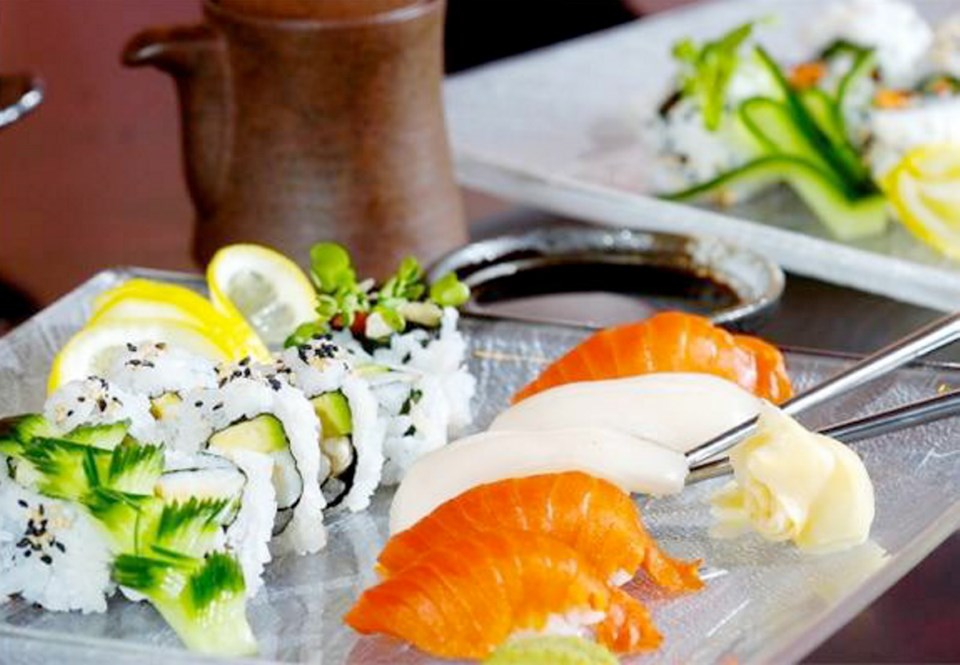The weak 91ԭ�� dollar, rising labour costs in China, the California drought and rising demand for seafood in Asia are increasing the price of sushi, according to industry sources.
Sushi restaurants are so numerous — more than 600 in 91ԭ�� at last count — that restaurants are loath to raise prices due to the intense competition. But price hikes are inevitable.
Here’s why:
��
FOR A CALIFORNIA ROLL
��
• Most sushi restaurants use flavoured hake, cod or pollock in place of real crabmeat, but even the imitation product has gone up 33 per cent over the past three years to $80 for a 13.6-kilo case. Real crabmeat — used only by very high-end sushi bars — is up about 50 per cent over the same period to $62.70/kg, due in part to soaring demand for Dungeness crab in China.
• Sushi rice from California has increased in price by about 25 per cent in the past two years, due to the lower 91ԭ�� dollar and to water shortages in California’s Central Valley that forced some farmers to leave their fields fallow.
• Sushi vinegar used in 91ԭ�� restaurants is mainly produced in the United States and while increasing rice prices — its main ingredient — have pushed the price higher, a low 91ԭ�� dollar relative to the U.S. buck accounts for most of the recent 22-per-cent increase in the past two years.
• Avocados are subject to dramatic seasonal variation, dipping as low as $40 per case of 48 in season and rising to about $60 a case in mid-winter.
• Cucumbers are a rare bright spot for sushi chefs. Prices for B.C. hothouse cukes have been stable for three years.
• Poor seaweed crops attributed to rising 91ԭ�� Ocean temperatures and rising labour costs in China have conspired to increase the price of nori from $280 for a case of 4,000 sheets, to more than $360 — a 29-per-cent increase.
• Few local restaurants use premium sesame seeds from Japan, but they might start to consider it soon. The price of sesame from Mexico — usually the cheapest — went up 75 per cent, to about $7/kg.
• A shortage of Chinese ginger last year helped push the price of that familiar neon-coloured spicy-sweet pickled ginger up 75 per cent, according to D Way Foods. New supplies are reportedly easing the shortage and eventually prices should follow.
• Soy sauce made in the United States hasn’t increased in price appreciably for several years, but a lousy exchange rate means restaurants still pay about 12 per cent more than they did two years ago.
• Most 91ԭ�� sushi bars use powdered wasabi to make the spicy condiment and — thankfully — it hasn’t changed from its price of $7.25/kg in years.
��
FOR SOCKEYE NIGIRI
• Sushi-grade sockeye salmon has fluctuated between $11 and $15 a kilogram wholesale between 2012 and 2014 and currently sells for $15.40/kg.
��



